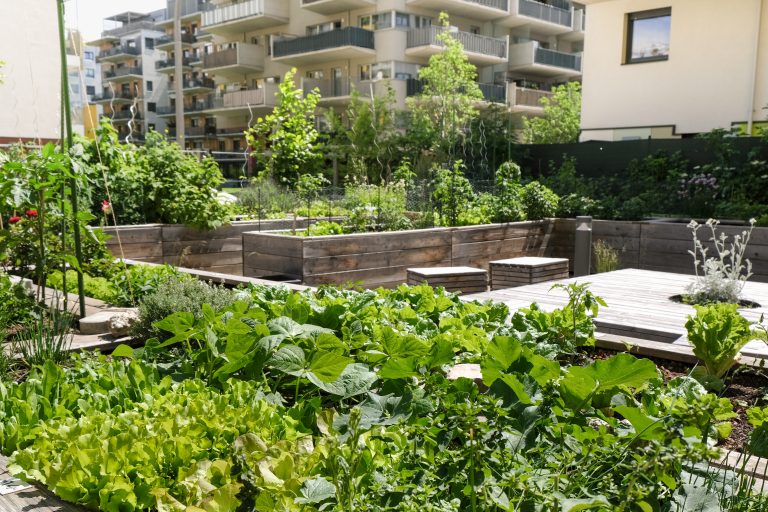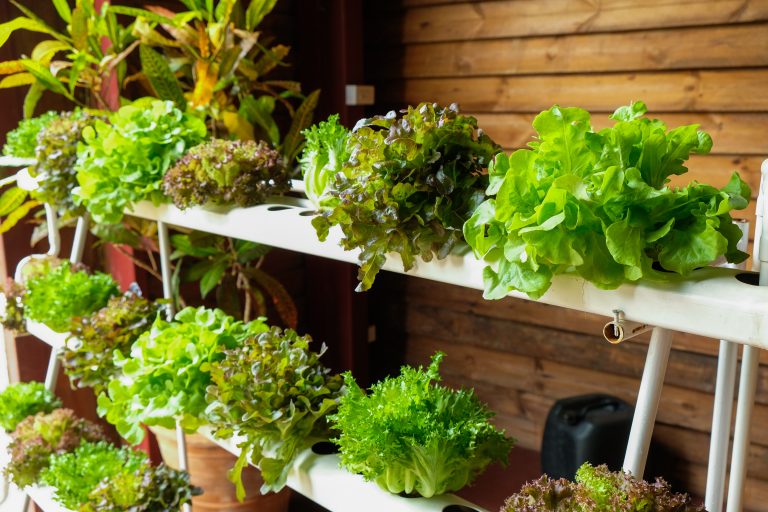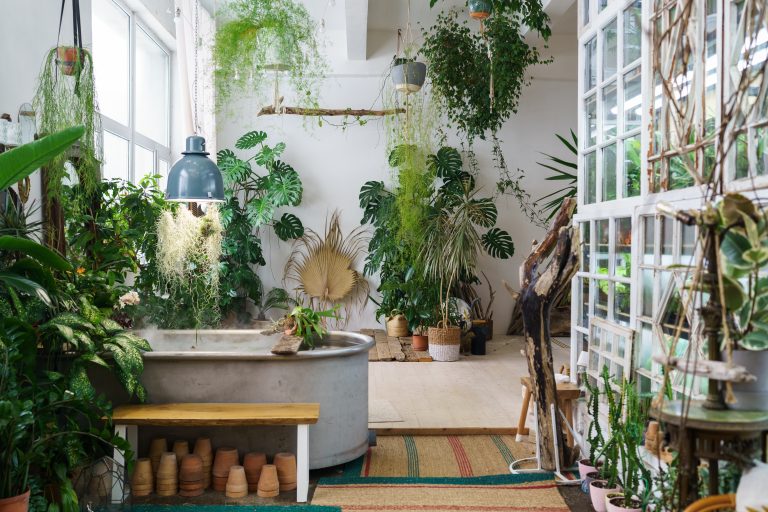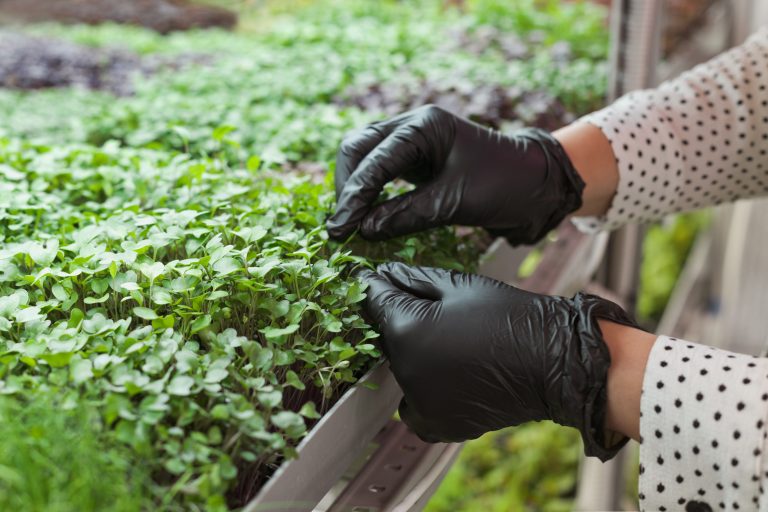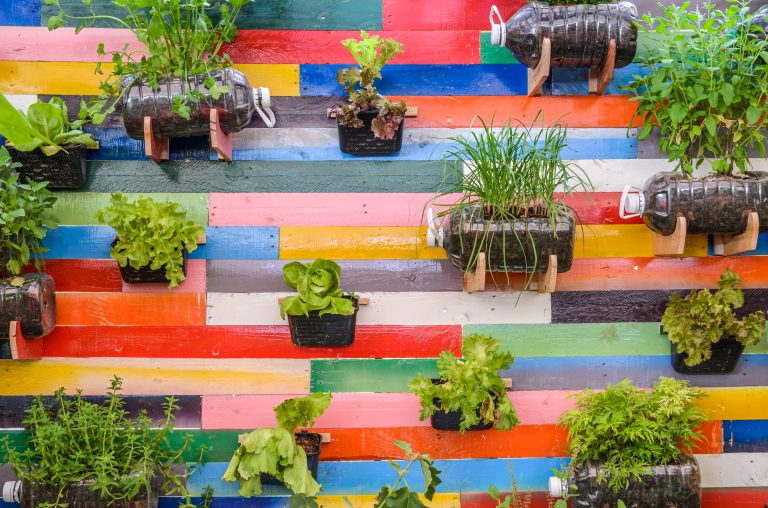5 Best Soils for Thriving Indoor Microgreens
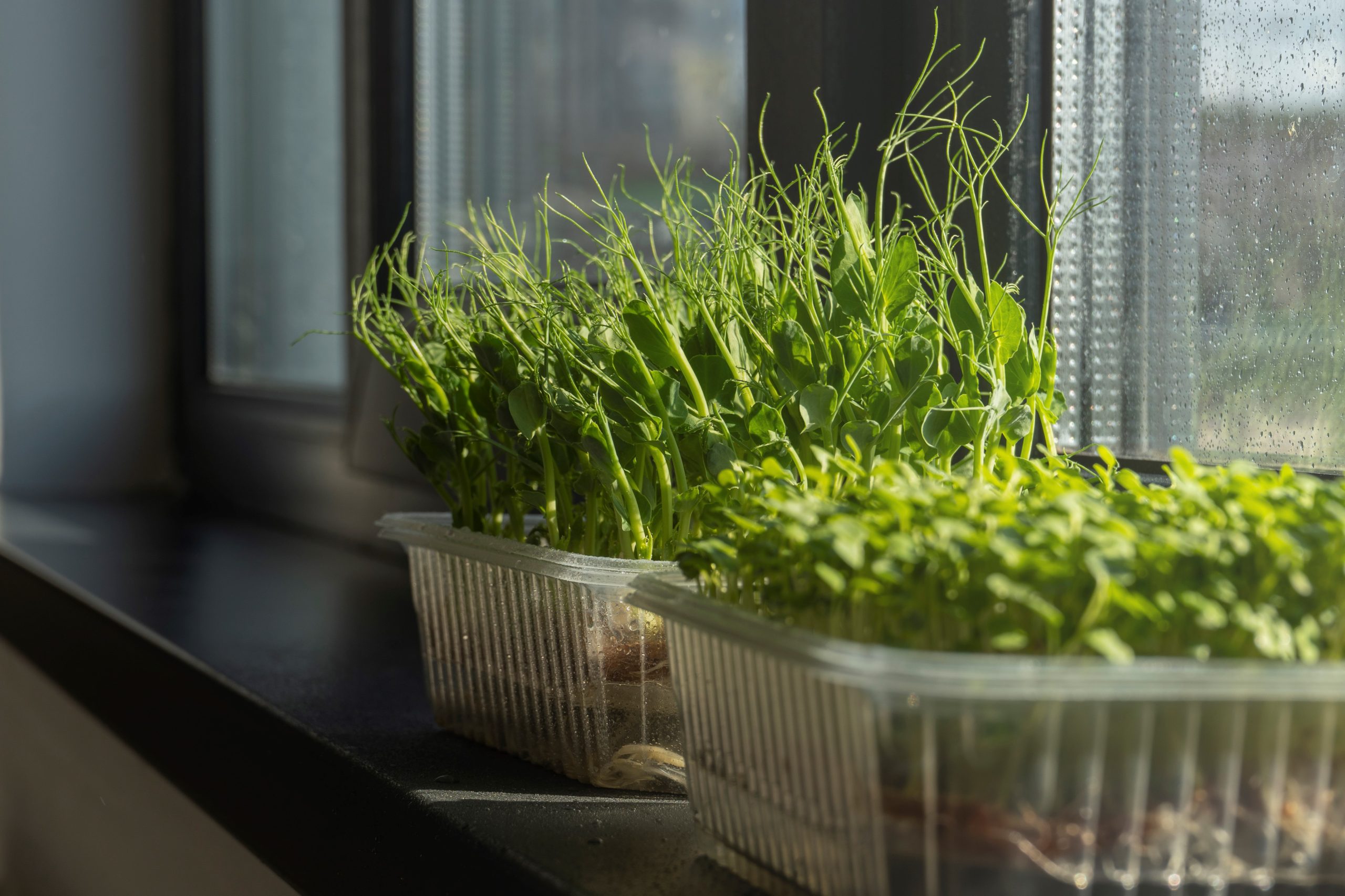
Ever peeked into the world of microgreens and wondered what makes them tick? These tiny powerhouses of nutrition are not only a culinary delight but also surprisingly simple to grow indoors, with the right soil being a key factor in their success.
Microgreens, celebrated for their nutritional richness and vibrant colors, function as the infant superheroes of the plant world, delivering more nutrients per bite than their mature counterparts. Cultivating them indoors ensures year-round access to fresh greens.
Choosing the ideal soil for microgreens mirrors selecting a favorite coffee blend—an art form that necessitates considerations of support, moisture retention, and nutrients. Whether you lean towards a hands-off approach or enjoy tinkering with soil composition, finding the perfect match for your green thumb is essential.
1. Organic Peat-Based Mixes
Organic peat-based mixes are a go-to for many indoor gardeners, and for good reason. Peat moss, the main ingredient, is fantastic at retaining moisture, which is crucial for those thirsty microgreen roots. Plus, it’s typically free of weed seeds and pathogens, giving your greens a clean slate to start from.
Hey hey! Don’t forget to subscribe to get our best content 🙂
However, peat is slightly acidic, which can be an advantage or a drawback depending on the microgreens you’re growing. It’s like choosing the right pair of shoes—great for a run, maybe not for a swim. For most microgreens, this acidity is just what the doctor ordered.
What’s more, peat-based mixes often come with added nutrients, giving your seedlings a little boost right from the start. It’s like a gentle push on the back of a bicycle for someone who’s learning to ride.
2. Coconut Coir: A Sustainable Choice
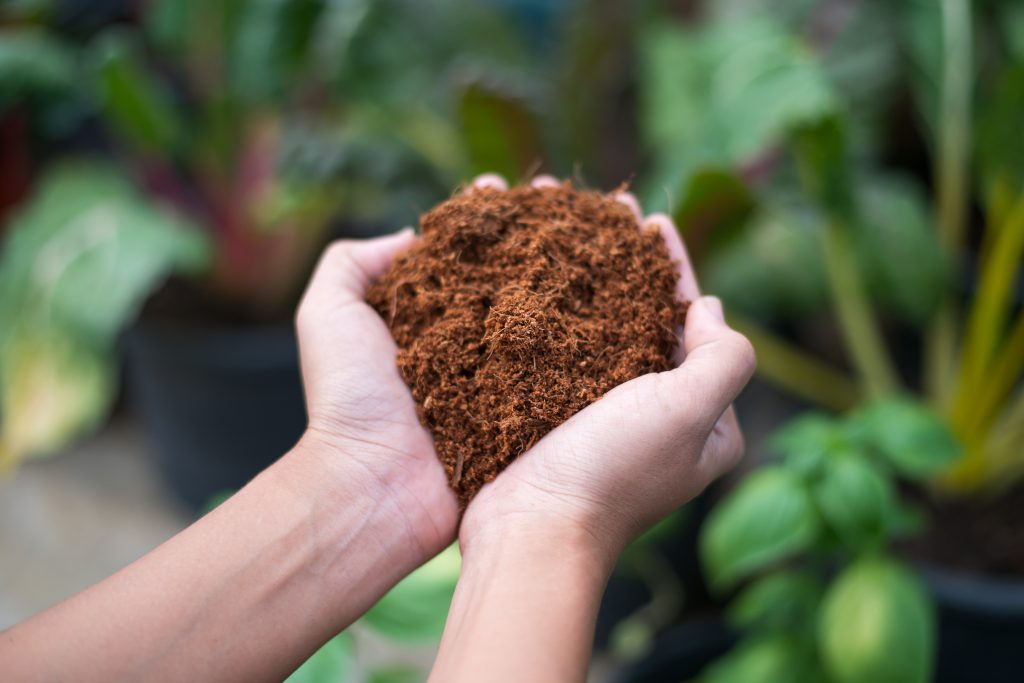
Coconut coir, made from the husks of coconuts, is a sustainable and increasingly popular choice. Its texture is perfect for the fine roots of microgreens, and it holds water well without becoming waterlogged. Think of it as the sponge cake of soils—light, fluffy, and just the right amount of moisture.
One of the biggest pluses of coconut coir is its sustainability. With peat bogs taking centuries to form, coconut coir is like the renewable energy of the soil world. It’s a waste product turned superstar.
Although it’s low in nutrients, this can be an advantage, as it allows you to control exactly what and how much your microgreens are fed. It’s the equivalent of cooking from scratch—you know exactly what’s going into your dish.
3. Vermiculite-Enriched Soils
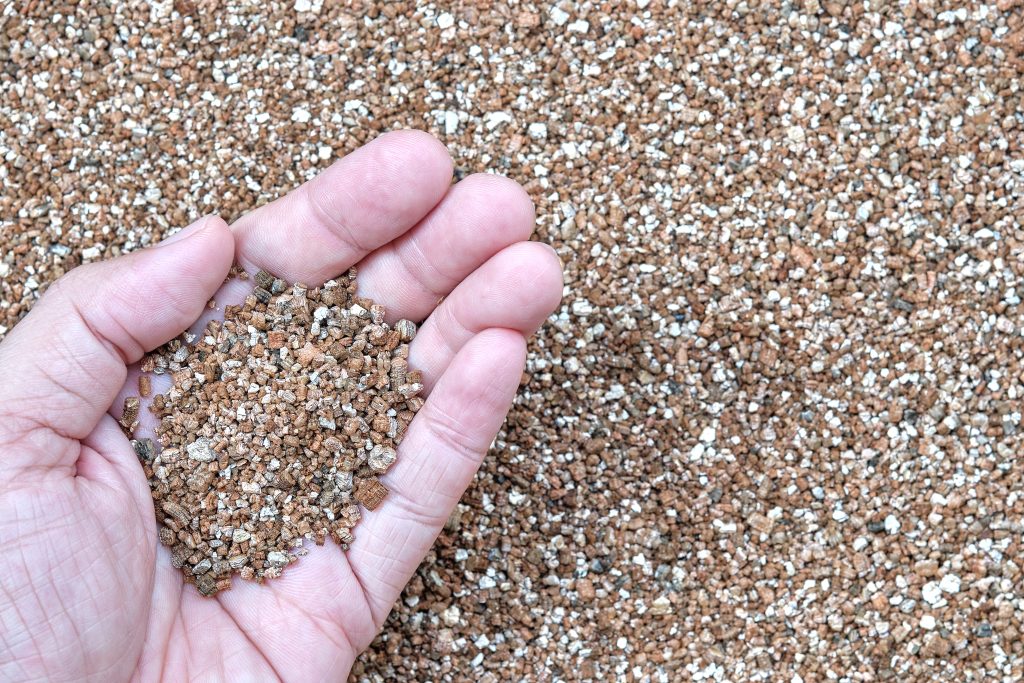
Vermiculite-enriched soils are like the Swiss Army knife for microgreen growers—versatile and filled with helpful properties. Vermiculite is a natural mineral that expands when heated and is excellent at retaining water and nutrients, which it then slowly releases to the plants.
This soil type can help prevent the dreaded damping-off disease, a common affliction for microgreens. It’s like having a bodyguard for your tiny greens, keeping the bad guys at bay.
Just remember that vermiculite can make the soil mix a bit denser, so it’s often best used in combination with lighter materials, like peat or coconut coir. Imagine it as the solid base of a layered cake that needs a lighter sponge to balance it out.
4. Perlite for Aeration and Drainage
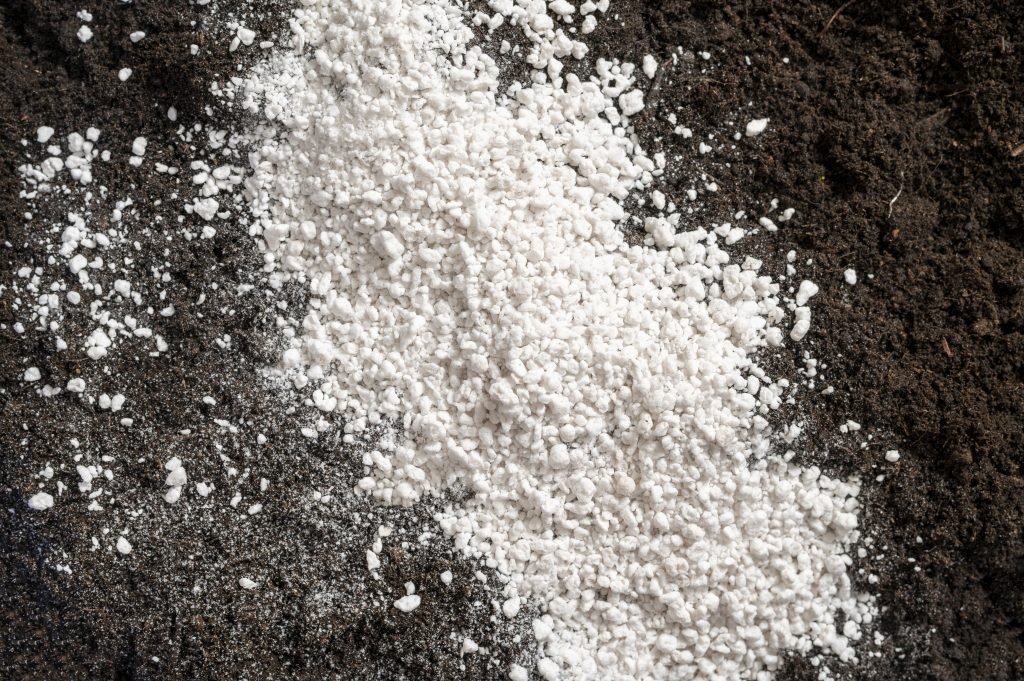
Perlite, those little white specks you often see in potting mixes, is a form of volcanic glass that’s been popped in an oven until it expands. Its primary role is to improve aeration and drainage, ensuring your microgreens aren’t sitting in soggy soil. It’s like adding little air pockets to your soil mix, letting the roots breathe.
While perlite doesn’t retain water like peat or coir, it prevents compaction, allowing for a light, airy root environment. It’s akin to fluffing your pillows for a good night’s sleep; roots need their version of comfort, too.
For those who tend to overwater, adding perlite can be a lifesaver (or rather, a plant-saver). It’s the guardrail that keeps you from driving your microgreens off the cliff of waterlogged despair.
5. Pre-Mixed Microgreen Blends
For beginners or those looking for convenience, pre-mixed microgreen blends are the ticket. These are usually well-balanced and designed specifically for microgreen cultivation, taking the guesswork out of the equation. It’s like buying a cake mix—just add water, and you’re good to go.
These blends often contain a mix of the aforementioned ingredients, providing an optimal environment for growth. They might seem pricier, but the time and effort saved can be worth the extra pennies.
Keep an eye out for organic options, which can offer peace of mind regarding the absence of synthetic chemicals. It’s like choosing organic produce at the supermarket—you know you’re getting the good stuff.
Evaluating Soil Types
Soil is not just dirt—it’s a living, breathing foundation that affects the growth and health of your plants. When it comes to microgreens, the soil must be fine-textured and well-draining, yet capable of retaining enough moisture to keep those little roots happy.
The pH level of the soil is also crucial; most microgreens thrive in a slightly acidic to neutral pH (around 6.0 to 7.0). Remember, the wrong pH can be like trying to bake a cake at the wrong temperature—things just won’t turn out right.
Lastly, the soil’s nutrient content is important, but it’s a bit of a balancing act. Too few nutrients and your microgreens will be lackluster; too many and you risk ‘burning’ the delicate seedlings. Think of it as a nutrient-tightrope walk.
Soil Amendments for Microgreens
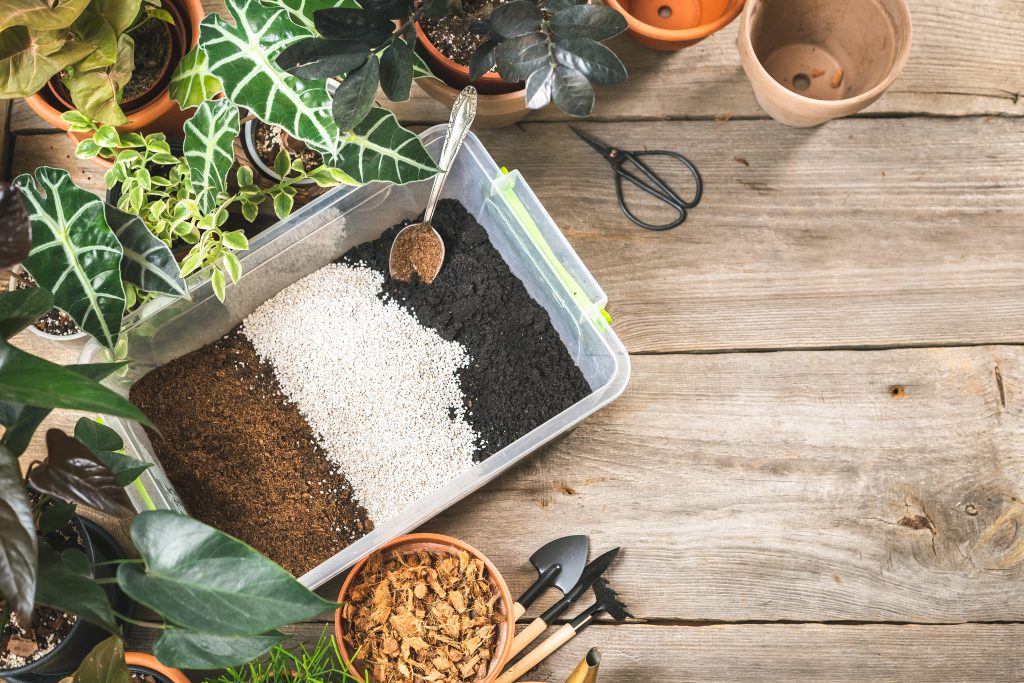
Even the best soils can benefit from a little tweaking. Adding organic compost can increase nutrient content, while a sprinkle of sand can improve drainage. It’s like seasoning your food; sometimes it needs a pinch of salt or a dash of pepper to taste just right.
For those looking to get technical, mycorrhizal fungi can be added to form a symbiotic relationship with the roots, enhancing nutrient and water uptake. It’s like having a personal trainer for your microgreens, pushing them to their full potential.
Remember, amendments should be used sparingly—too much of a good thing can overwhelm the delicate balance that microgreens need. It’s about finesse, not brute force.
Maintaining Soil Health
Maintaining soil health is key to a sustainable microgreen practice. Avoiding compaction by gently fluffing the soil between crops can keep the texture ideal for new growth. It’s the soil equivalent of stretching after a workout—necessary for good form.
Moisture levels should be monitored closely; microgreens like consistency, not a deluge followed by a drought. Think of it as keeping the rhythm in a dance—too fast or too slow, and you’ll trip up.
Lastly, rotating crops or refreshing soil periodically helps prevent the buildup of pathogens and pests. It’s like changing your sheets; it keeps things fresh and hygienic.
Conclusion & Next Steps
In the end, the best soil for your indoor microgreens is one that meets the needs of your plants while meshing with your gardening style. Whether you’re a set-it-and-forget-it type or a soil-sculpting enthusiast, there’s a mix (or combination) that’s just right for you.
Experiment, observe, and adjust—gardening is a journey, not a destination. So roll up your sleeves, get your hands dirty, and watch as those tiny seeds unfurl into lush, nutritious microgreens. Happy growing!
As you embark on the delightful journey of growing microgreens, remember that the soil is the silent partner in your gardening dance. Choose wisely, tend lovingly, and you’ll be rewarded with a bountiful, vibrant harvest that brings a sprinkle of green magic right to your plate.

